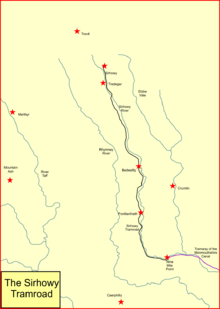미래 지향 지수
Future Orientation Index미래지향지수는 토바이어스 프레이스, 헬렌 수잔나 모트, H. 유진 스탠리, 스티븐 비숍이 구글 트렌드를 이용해 도입했는데, 이는 [1]1인당 GDP가 높은 국가의 구글 사용자들이 과거에 대한 정보보다 미래에 대한 정보를 더 많이 찾는다는 것을 보여주기 위해서다.조사 결과는 온라인 행동과 실제 경제 지표 사이에 연관성이 있을 수 있음을 시사한다.이 연구의 저자들은 2010년 45개국의 구글 사용자들이 만든 구글 쿼리 로그를 조사하여 다음 해의 검색량(2011년)과 전년도의 검색량(2009년)[2][3][4]의 비율을 계산했다.
각주
- ^ Tobias Preis, Helen Susannah Moat, H. Eugene Stanley and Steven R. Bishop (2012). "Quantifying the Advantage of Looking Forward". Scientific Reports. 2: 350. doi:10.1038/srep00350. PMC 3320057. PMID 22482034.
{{cite journal}}: CS1 maint: 여러 이름: 작성자 목록(링크) - ^ A. Sedghi (February 8, 2013). "Which countries are the most forward thinking? See it visualised". The Guardian. Retrieved March 9, 2013.
- ^ B. Warner (January 31, 2013). "What Google Searches About the Future Tell Us About the Present". Bloomberg Businessweek. Retrieved March 9, 2013.
- ^ C. Dewey (February 8, 2013). "Map: The world's most and least 'forward-looking' countries, based on Google searches". The Washington Post. Retrieved March 9, 2013.


